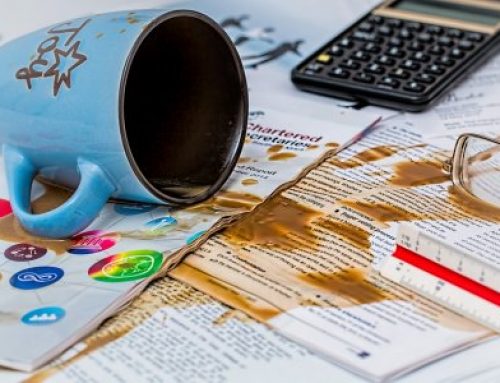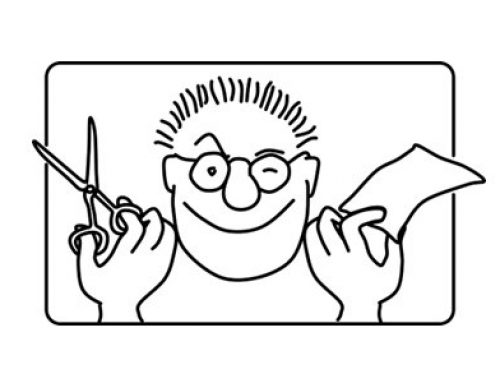By Danielle Parks, Customer Impact Editor
Do you know what happens to your mystery shopping evaluation once you send it in? Does it go straight to the client? Does it sit there in the system for weeks before even being seen? I’m here to shed some light on our process once we receive a shopper’s evaluation.
First, we make sure everything was submitted. On time. This is very important, as our clients expect the information in a timely manner. It does not do them much good to find out some important details a month after they happened.
In this picture, you can see our tracking system, which shows not only when the shop was created but also when the shop was assigned to the shopper and exactly when the shopper turned in or set the evaluation to “Completed” status.
Once the evaluation has been completed, one of the editors will look over it carefully. This happens as soon as possible, but due to the volume of evaluations we receive, this could happen any time from the same day the shop was completed to four business days later.
Step 1: Checking that the shop was performed during the correct day/time and at the correct location. This is usually done by looking at the information on the receipt that the shopper uploaded to the form
Step 2: Looking at the receipt to confirm whether or not the client’s ordering guidelines were followed. An itemized receipt will show everything that the shopper purchased. It will also show how many guests were present, which is another guideline from the client, as some clients only want a certain number of people on a shop. This is why we request that itemized receipts be provided and not credit card copies.
Step 3: Spell Check. There are wonderful built-in buttons in the form that will spell check the comments. This tool is available to the shoppers when they are filling out the evaluation, but it doesn’t hurt for us to do it once again!
Step 4: Editing the content. We then go through the entire evaluation, section by section. We not only edit for spelling and grammar, we also verify that the information in the comments is consistent with how the questions were answered. If there is discrepancy between the two, obviously one is wrong, and the overall score of the evaluation may be incorrect.
Step 5: Taking note of the “No” answers to the questions, and making sure there are comments within the narrative corresponding to these “No” answers. These do not have to be fully explanations as to why something was not done correctly, but the comments stating that something did not happen need to be present in order to prove the shopper did not just accidentally choose “No” when answering the questions.
Step 6: Making sure that each step of service is briefly discussed in the comments. The narrative cannot jump from drink delivery to dessert delivery, as this does not give the client a full view of what happened and what the shopper experienced. There are usually notes within the form that are there as reminders for what the client is looking for. A shopper should not skip over these notes! They are there to help them provide a full evaluation.
Step 7: If it is a restaurant shop, making sure that all food items are fully described in the Food section. This should include information regarding the appearance, temperature, and taste of the item, as the clients would like a full description of the food quality they are serving.
Step 8: Contacting the shopper if anything is unclear or if any information is missing. This can be done via email or a phone call, but we cannot send an incomplete or confusing evaluation to the client. This is why we ask the shoppers to be on the lookout for such emails or calls after they have sumbitted their evaluation. If the shopper does not reply, this could affect whether or not the evaluation is usable in the end.
In this picture, you can see when I put the evaluation into “Hold A” while I was waiting on a response from the shopper for the necessary clarifications. Once I received the information, I “Finalized” the evaluation, which sends it to the client.
Here is a picture of what the information regarding the shop will look like in your Shop Log after the process is complete. You can see on the far left the status of the shop is “Finalized,” so you can know we got everything we needed. I have also circled where the rating for the shop can be found. This score is out of 10, and it is determined by how well the client’s guidelines were followed and how well the evaluation was filled out. Finally, I have drawn an arrow to the feedback email that is sent to the shopper once we finalize the evaluation. The great thing about this is that you can refer back to old feedback statements all in one place as a way to remind yourself what to be more careful about in the future.
And there you have it! That is the basic process of what happens to your evaluation once you turn it in. Was any part of it unexpected? Ask your questions in the comments!











